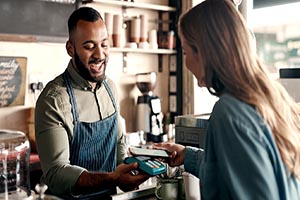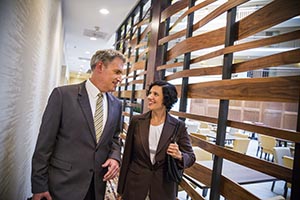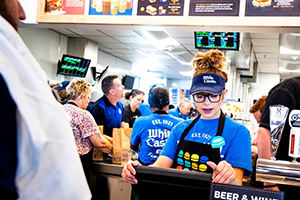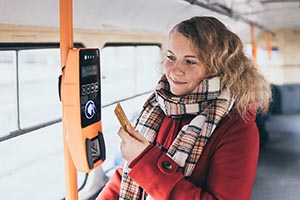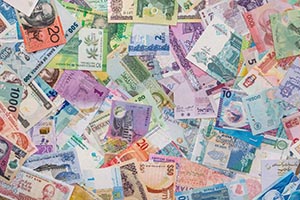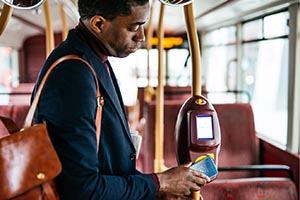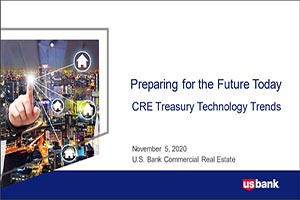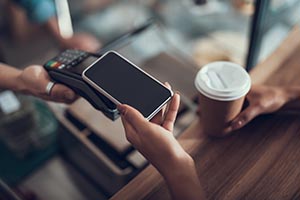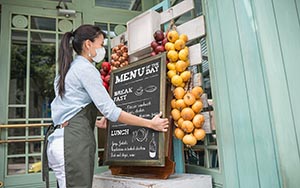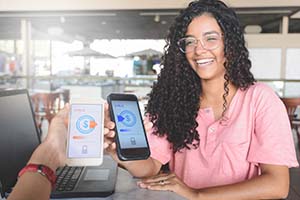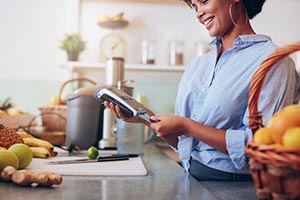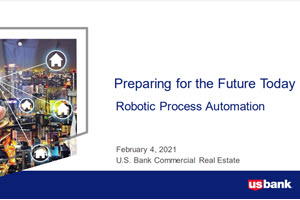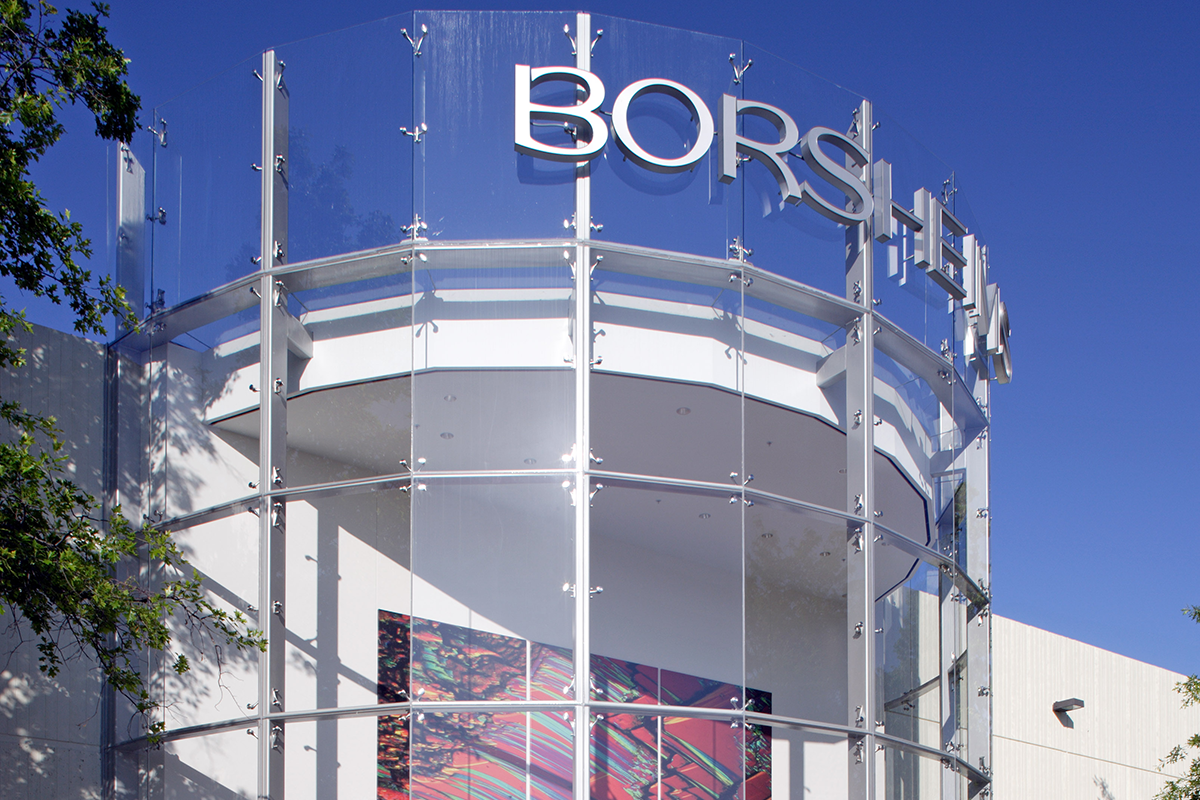Advanced payment for upcoming reservations is acceptable by most recipients, but primarily on the condition of receiving a full refund should plans change. While 23% of those age 21-35 are comfortable with non-refundable advance payments, this drops to 6% among those age 51-65 and just 2% of the age 66+ cohort.
Interestingly, 65% of participants age 21-35 either somewhat or strongly agree that they would be willing to pay a small surcharge for the convenience of using a credit card to pay for a stay. This allows operators to offset the costs of credit card acceptance fees and allows guests the option to avoid the fee by switching to a debit card.
Hotels embrace on-site digital interactions
Prior to the pandemic, many hotels were dabbling with technologies such as digital check-in, kiosks, and mobile room keys. As consumers switched to contactless, curbside, and online interactions at grocery stores, retail shops and restaurants to reduce exposure to COVID-19, they became accustomed to the speed and convenience of digital experiences.
While some people believe going high-tech removes the personal touch, it’s increasingly being proven that digital and contactless technology provides a more flexible and personalized experience for guests, ultimately proving to be a positive change. People simply want to arrive and head to their rooms, as was reported by most participants, except those over age 66.
When paying for services or amenities during a hotel stay, about a quarter to a third of participants have used a digital wallet and/or a payment feature within the hotel app. Most guests used a credit or debit card to make purchases at a restaurant, bar or gift shop. However, about 60% of participants aged 21-50 would like to pay for non-room-related expenses from within the hotel’s mobile app.
As hotels, restaurants and other businesses pivoted quickly during the pandemic to help keep customers safe, QR codes skyrocketed in use – especially as a replacement for printed menus.
In a 2021 survey, 83% of respondents said they had used a QR code to process a payment for the first time within the last year, and 54% had their first experience with payment via QR code within the last three months.
Looking forward
There are recent signs that business travel is slowly gaining momentum. Group demand, which is a mix of business and leisure, grew 5.7% between the final two full weeks in September 2021, according to STR.
Business travelers will expect the amenities they always enjoyed, while welcoming new convenient check-in experiences that allow them to immediately access their rooms upon arrival.
The way we work has changed, and chances are that employees – especially younger workers who tapped into their wanderlust during the pandemic – will continue to embrace the combination of work and play while traveling.
Hotel operators should embrace the digital experiences and payment preferences of younger consumers. By rewarding them with personalized gifts and discounts, they can build the next generation of loyal guests, increasing lifetime value. Expanding payment options from within your website or mobile app increases stickiness, removes friction, and allows you to deliver a better “on us” experience.
Get a copy of the full 2021 Hotel Payments Insight Report and see results from our companion 2021 Restaurant Payments Insight Report.






